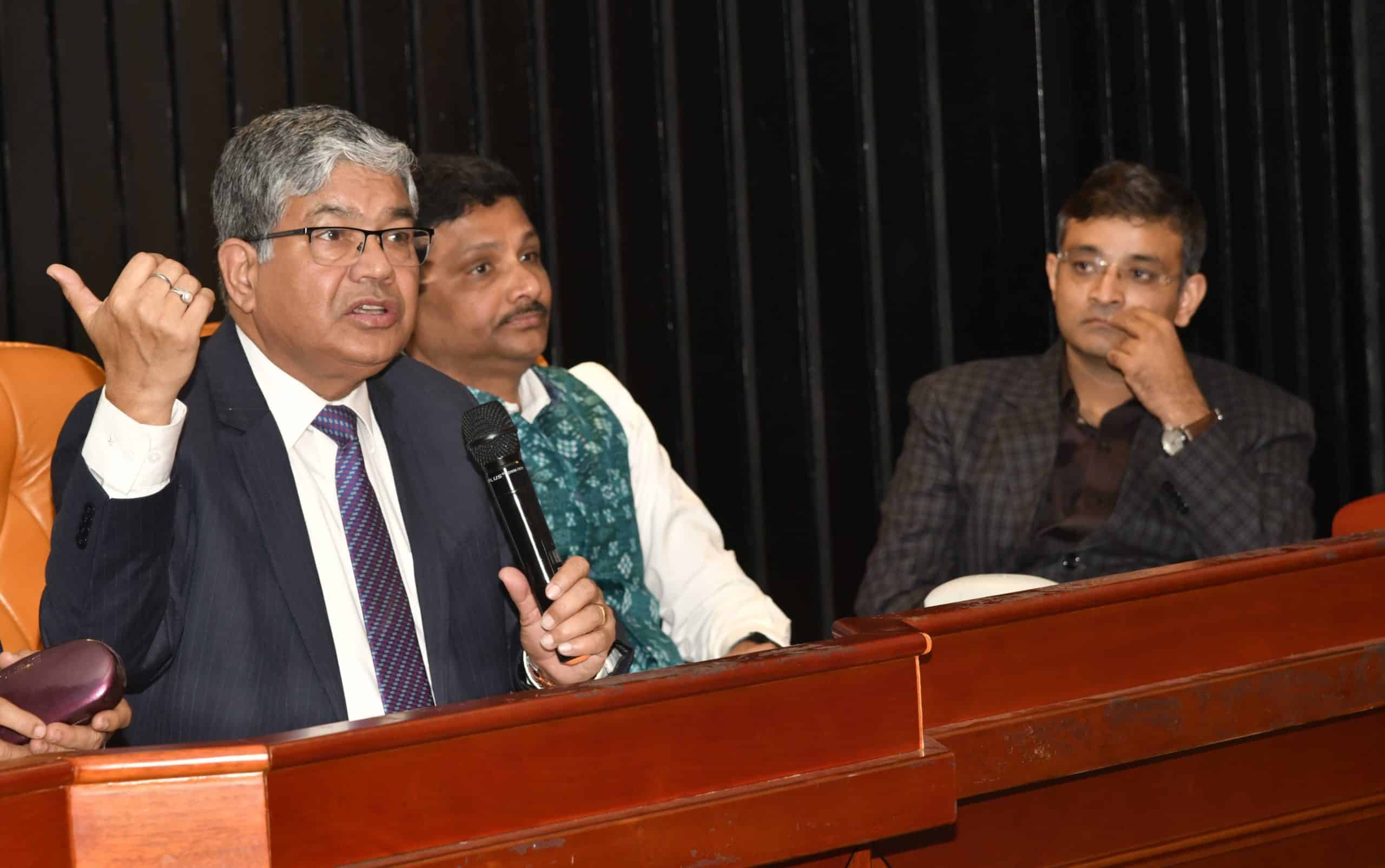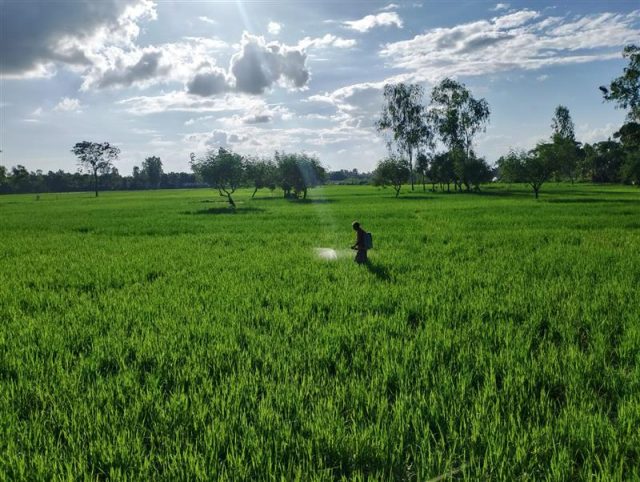The promise and challenges of India’s Direct Benefit Transfer agricultural subsidies
- From
-
Published on
13.01.20
- Impact Area

Agriculture is the backbone of India’s rapidly-transforming economy, and one of the government’s major challenges is the increasing burden of agricultural subsidies. Direct Benefit Transfers (DBT)—paying subsidies straight into the bank accounts of beneficiaries—is seen as one of the most promising pathways to enhance the efficiency of subsidy programs, and the government has been introducing DBTs in the farm sector.
What has the experience of implementing DBT for millions of farmers been like? Do cash transfer programs improve farmers’ available choices and reduce transaction costs? Policy makers, academics, entrepreneurs, and representatives of farmer organizations gathered on Dec. 29 in Raipur, Chhattisgarh, to explore these issues at a panel organized by IFPRI South Asia at the 102nd Annual Conference of the Indian Economic Association.
Photo: IEA
Related news
-

Cultivating climate-smart rice: How specific cultivars and smarter fertilizing can cut emissions and maintain yield
International Rice Research Institute (IRRI)19.11.25-
Climate adaptation & mitigation
-
Food security
By Bushra Humaira Sadaf A team of researchers from the Bangladesh Rice Research Institute (BRRI), I…
Read more -
-

Australia partners with International Livestock Research Institute to upskill researchers from Africa and Asia
International Livestock Research Institute (ILRI)13.11.25-
Food security
-
Poverty reduction, livelihoods & jobs
Australia has joined forces with the International Livestock Research Institute (ILRI) to support th…
Read more -
-

Next-gen rice lines top check varieties at 7.5 t/ha in ESA
International Rice Research Institute (IRRI)11.11.25-
Food security
MOROGORO, Tanzania (8 October 2025) — Elite rice lines are outperforming the current popular varie…
Read more -
